This project analyzes how art, technology, and nature adapt and transfer their skills to a new domain, biohacking, in the design field.
The history and relatedness of these domains, compare them according to their time and criticize the performance of several practices which can be examples of biohacking.
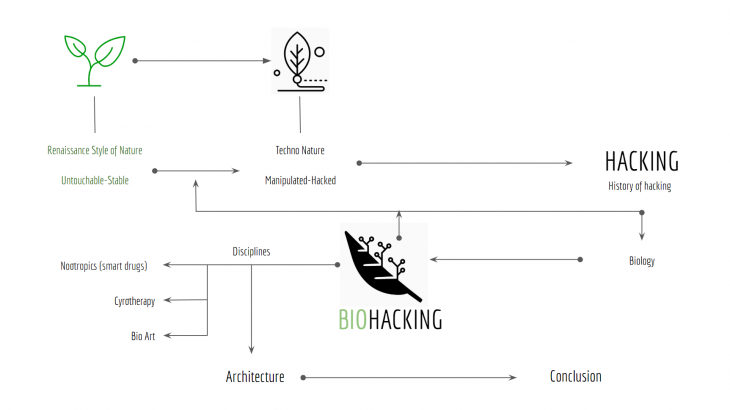
NATURE
RENAISSANCE NATURE
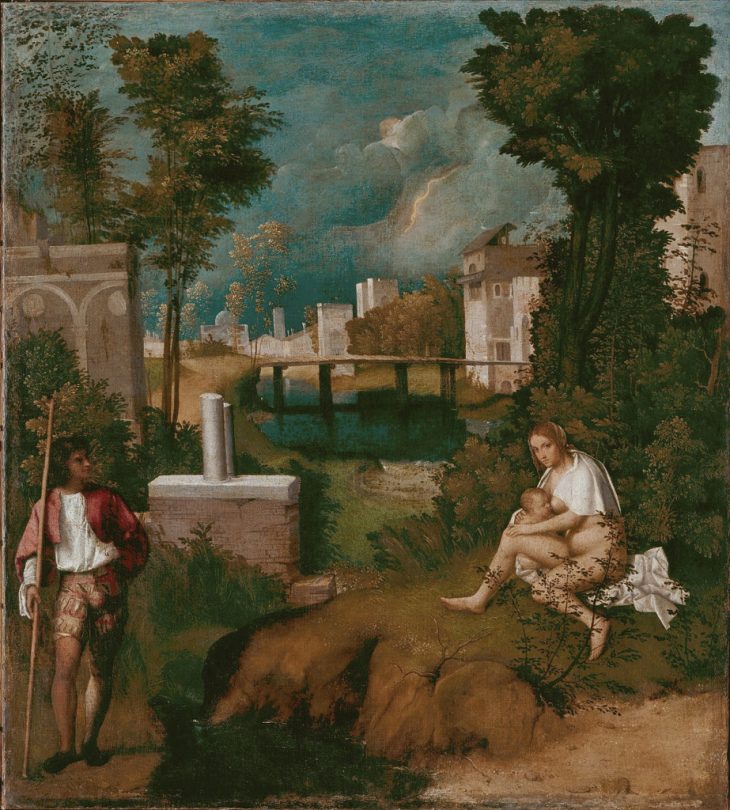
“The Renaissance was a time of transition from the ancient world to the modern and provided the foundation for the birth of the Age of Enlightenment,” said Abernethy.

TECNO NATURE

Earthquake survivors climb up a rocky embankment after arriving on a boat from areas inaccessible by road at the Zipingpu Dam near Dujiangyan, southwestern China’s Sichuan province, Friday, May 16, 2008. China warned the death toll from this week’s earthquake could soar to 50,000, while the government issued a rare public appeal Thursday for rescue equipment as it struggled to cope with the disaster. (AP Photo/Vincent Yu)
“The big other doesn’t exist.” Jacques Lacan, 1968
“Nature doesn’t exist.” Slavoj Zizek, 2011
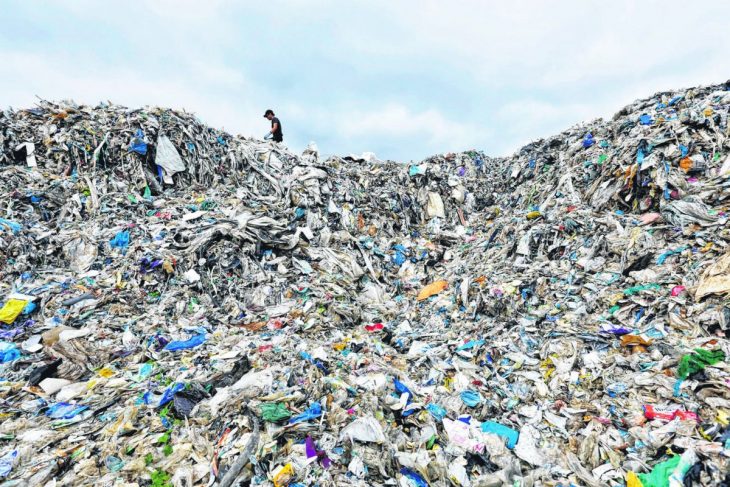
“Nature is a big series of unimaginable catastrophe.” -Slavoj Zizek
“…what we need is ecology without nature, ecology that accepts this open, imbalanced, denaturalized, if you want, the character of nature itself. “
“… what we should rediscover is that nature is not out there, an object of our manipulation. Nature is our very background, we are wired to nature, embedded in nature. You should go out, feel, breathe nature.”
HACKING
WHAT IS HACKING?
The activity of using a computer to access information stored on another computer system without permission, or to spread a computer virus.(a)
BIOHACKING
WHAT IS BIOHACKING?
Scientific experiments with biological material, especially genes, done by people who are not official experts or scientists.
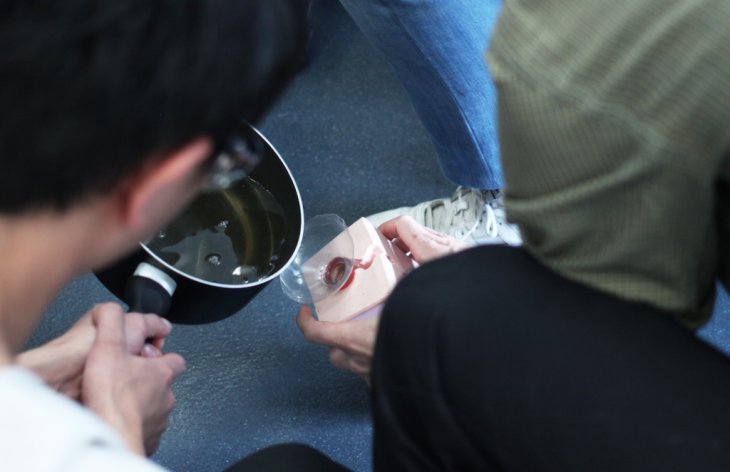
DIY biology is for everyone, and designers are no different. DNA, proteins, cells and tissues are the raw living materials that may find themselves in maker studios and workshops alongside traditional materials such as wood, plastic, metal and the like. With ever-increasing accessibility of knowledge and tools to manipulate them, designers have an opportunity to explore nature in unprecedented ways. (b)
THE DISCIPLINES OF BIOHACKING:
–Nootropics (smart drugs)
–Osteogenic machines
–Cryotherapy
–Bioart
–Architecture and Design
Biohacking Projects in Design Field
- Neri Oxman-MIT Media Lab
- EcoLogicStudio
- Marcos Cruz-BiotA Lab
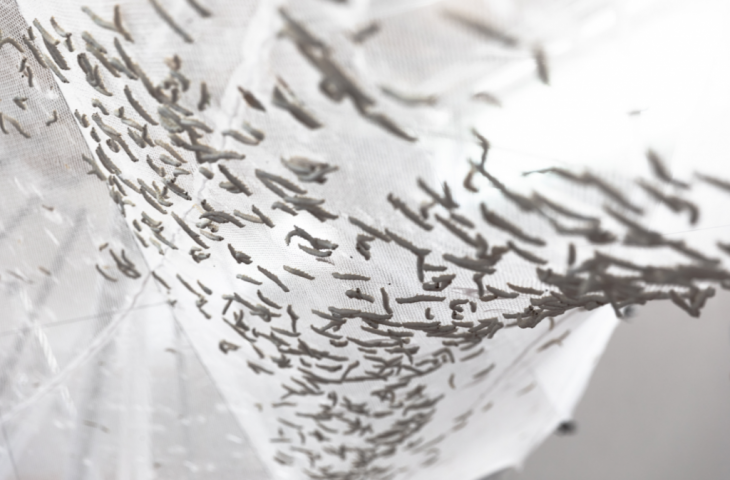
Silk pavilion/ Fabrication – MIT Media Lab
This project is an example of humankind and silkworms collaborate in the construction of objects, products and maybe buildings. Nature manipulation and collaboration in architecture.
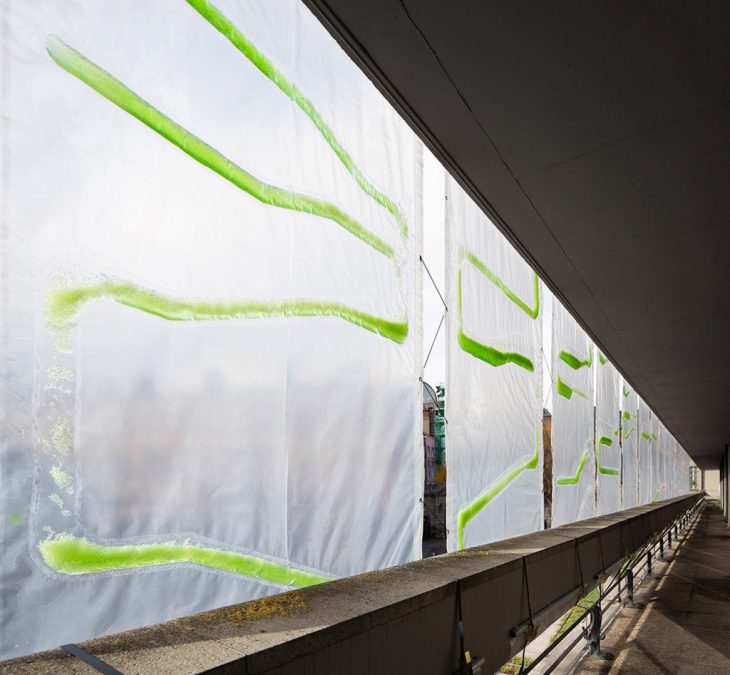
Algae Curtain – EcoLogicStudio
A design that copies structures and processes from nature by using algae in architectural scale. Another collaboration and manipulation of nature.
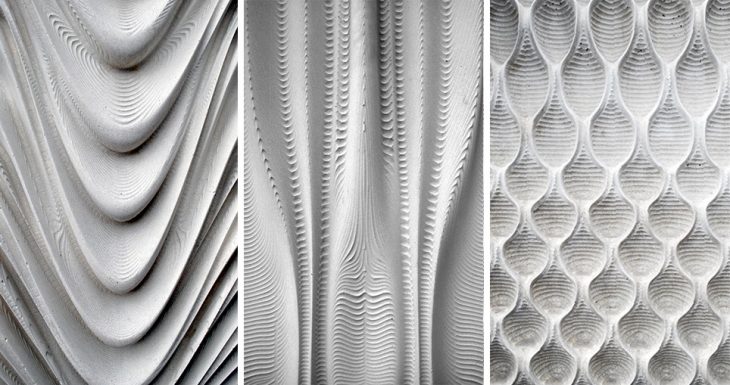
Bioreceptive Design – Marcos Cruz
This refers to the potential of biological colonization of a material that has changed over time due to external factors.’ Designing new materials and surfaces to collaborate with nature.
CONCLUSION
The future of design will create entirely new types of materials, buildings, and construction processes with multidisciplinary design. Which includes, digital fabrication technologies, materials science, and ecology. In this techno nature either we will accept that ‘nature doesn’t exist’ like Zizek and change our norm of beauty as trash or we will find a way like these projects to offer a material-tectonic-environmental interface between nature and architecture. Because architects have trained to think a certain scale, this transition in architecture is happening not very fast now. Architects should be trained to think microscale with responsibility.
Biohacking Design is a project of IAAC developed in the MAA02 2019/20 for the seminar Theory & Knowledge. Student: Hena Micoogullari; Faculty: Jordi Vivaldi and Manuel Gausa